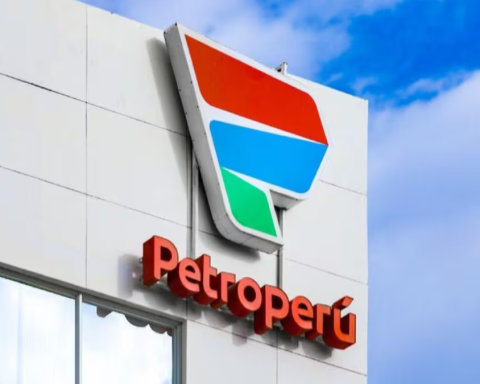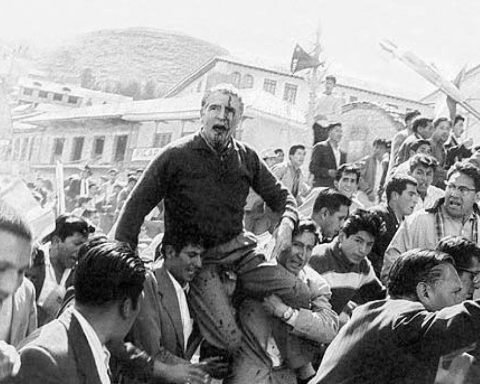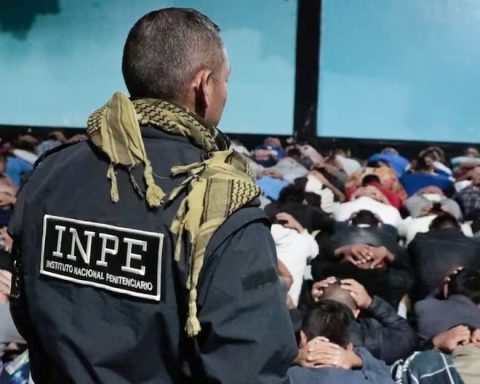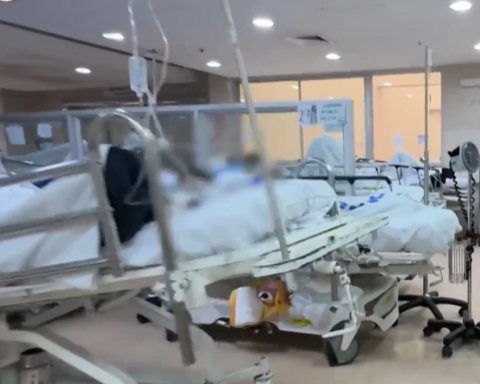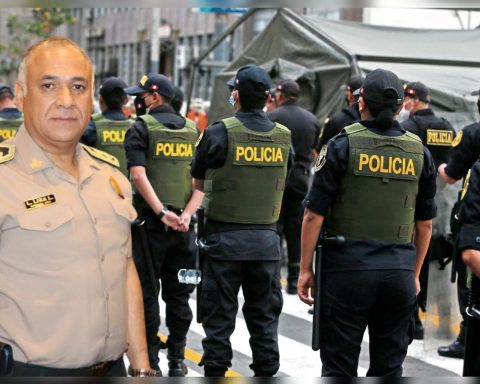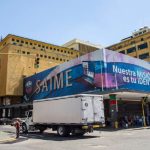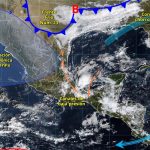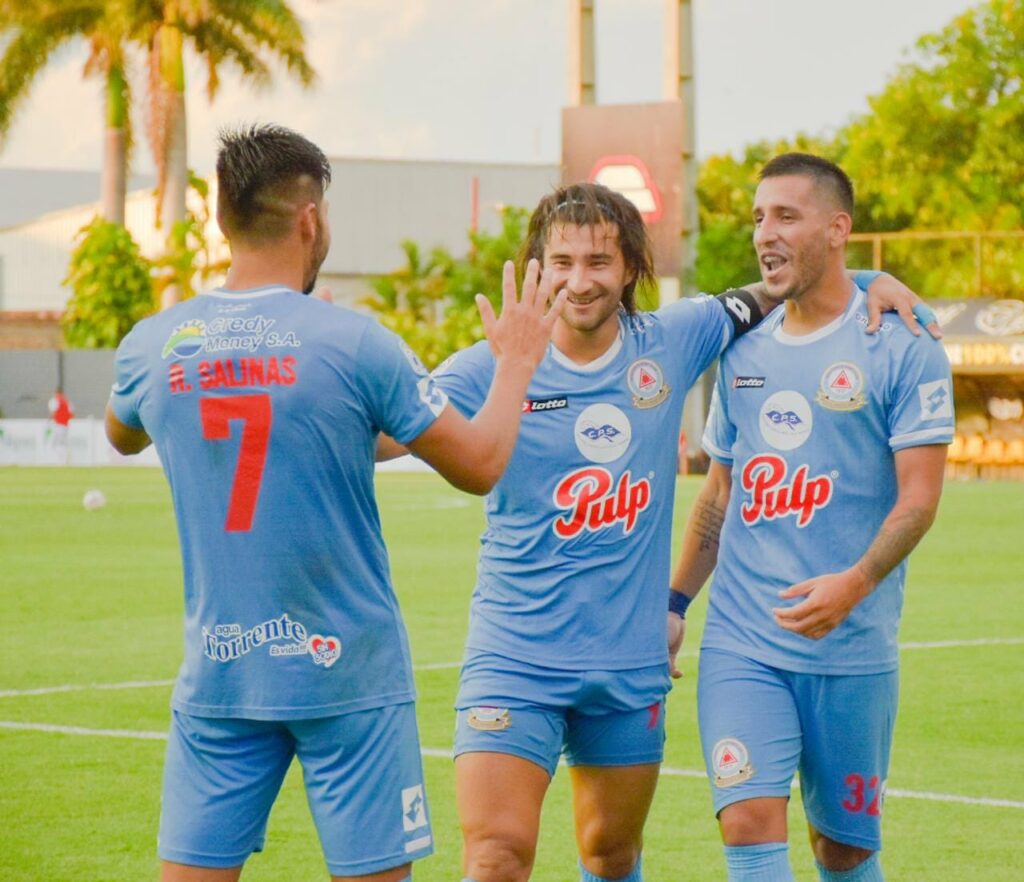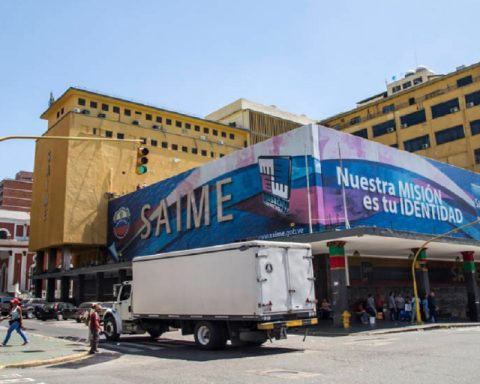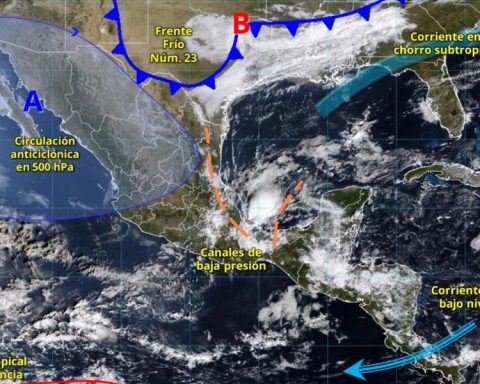Prospective development planning, migration to more efficient and results-oriented delivery mechanisms, and implementation of a public career meritocracy in subnational governments with more resources, were the three proposals of Milton von Hesse, director of Videnza Consultores, to improve the impact in the territory.
During his presentation on the third day of the Rumbo a PERUMIN event “Territorial Development: a challenge to close social gaps”, he developed an analysis on the execution of fiscal resources generated by mining for the development of people and their territories. . This is in line with the concept of territorial development, a work approach proposed by the mining industry.
LOOK: Alberto Otárola after purging 312 sub-prefects: “we need suitable officials”
“The development of the proposals clearly identifies the strategic objectives and gaps, as well as the correct mapping of the identifiers of these and the projects around them. In this sense, this will allow to define, measure, identify, modify and achieve a correct development of the territory”detailed the economist.
Likewise, von Hesse also mentioned that special public investment projects (PEIP) should be deployed, since they allow authorizing the hiring of highly qualified personnel, using modern contractual models, among others. In addition, the service-level approach should be prioritized, since the population, budget, and specialized operators to provide the service have been defined.
“You must have competent public officials. According to SERVIR, less than 10% of the servers that work in the State have an optimal level to carry out their function. Because of this, it is essential that public careers are based on meritocracy, in order to have trained workers who fully fulfill their duties”added the director of Videnza.
Transfer execution is not optimal
The also former Minister of Housing, Construction and Sanitation pointed out that between 2004 and 2022, mining generated S/ 79,000 million for regional and local governments in canons and royalties. However, there was not a correct use of economic resources, in addition to the lack of transparency, causing the inhabitants of mining environments to not improve their quality of life.
“A clear example of this is the district of Yarabamba, in Arequipa, considered the third richest in Peru. To be very specific, said district has a stadium for sporting events, but no drinking water. That is why you have to have a prioritization scheme in urgent sectors and that the population demands” added.
Finally, the economist specified that not responding to a territorial view of development, added to a low effectiveness and efficiency of budget execution, as well as the absence of coordination between levels of government (district, province and region), will not allow for a plan adequate focused on the generation of development for the population.

